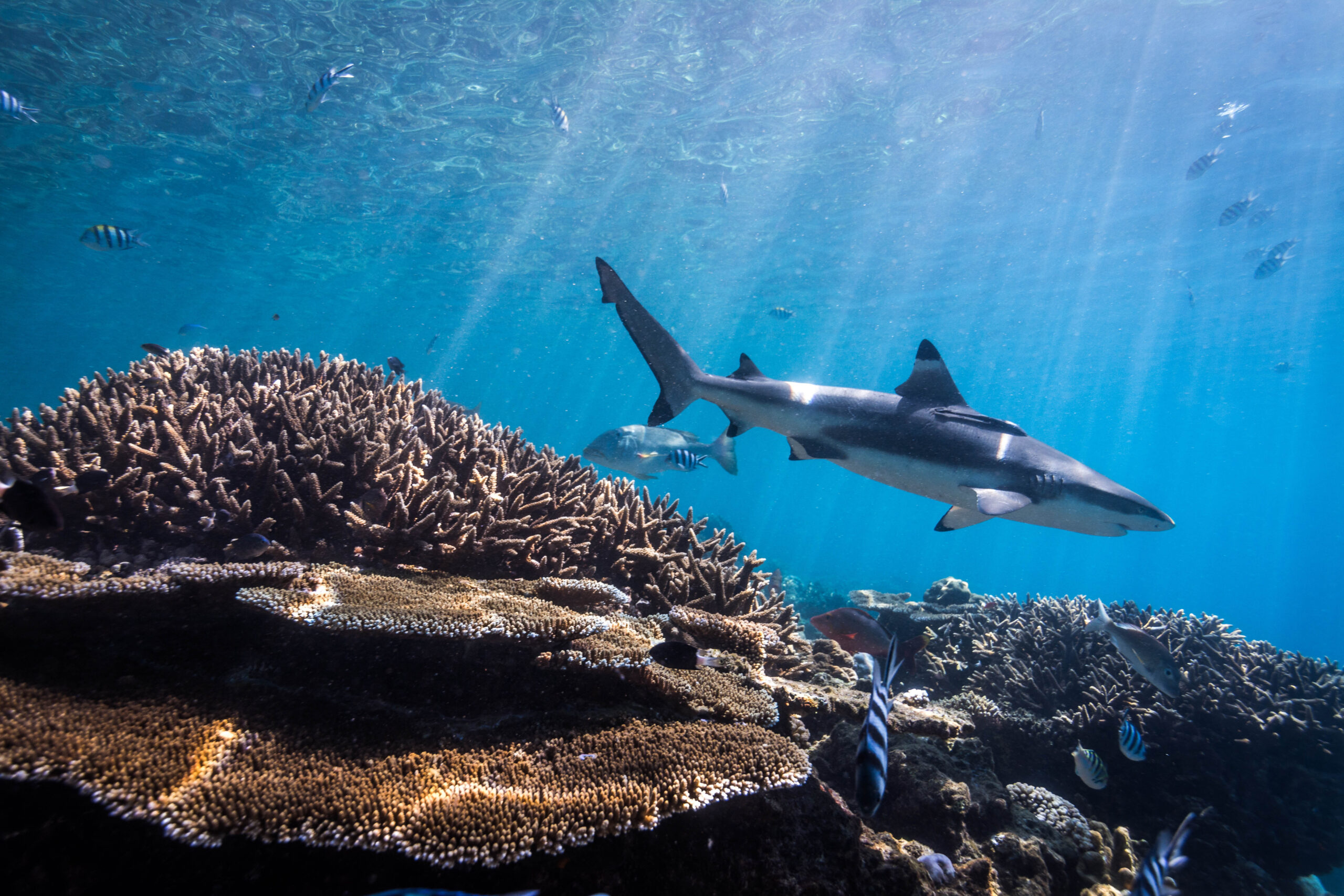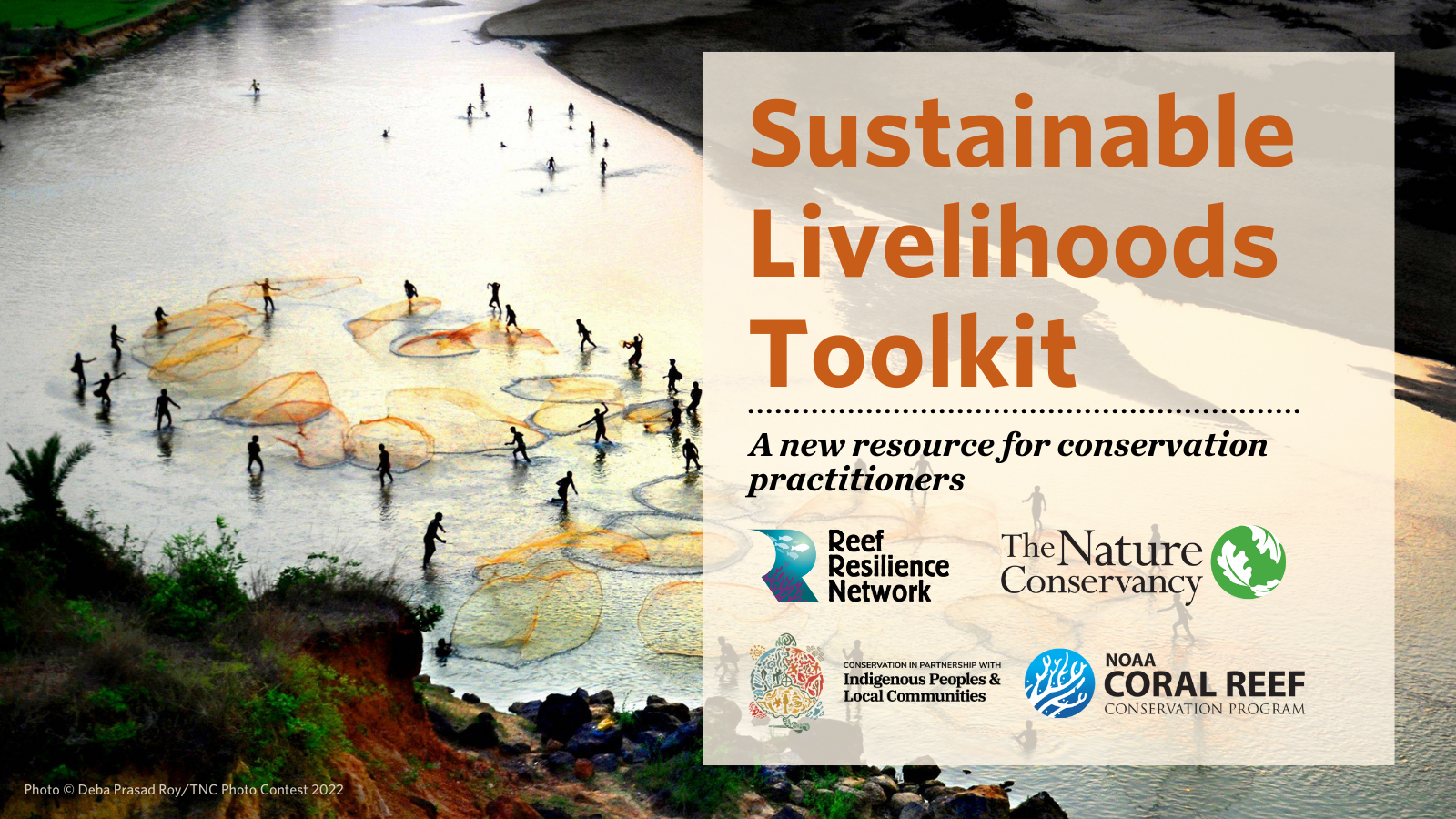This study explored four coral reef organisms as bioindicators to increase understanding of the impacts of sewage-derived nutrients over various time scales on Palau Redang and Palau Tioman in Malaysia. Comparisons between developed tourism areas and uninhabited areas allowed for an assessment of the ecological impacts of sewage pollution based on bioindicators and nitrogen isotopes. This paper presents a case study of coral reef resilience and the benefit of water quality measurements to assess long-term pollution. Acroporaa and Sinularia corals are bioindicators of sewage pollution through observable degradation that positively correlates with sewage discharge from tourist areas. In addition to tools to identifying nutrient enrichment, this study provided a comparative baseline for nitrogen isotopes measured in areas without sewage pollution and tourism to support the conclusions and facilitate effective future monitoring. Managers can use these methods to establish baselines and document changes to water quality and reef health.
Authors: Lachs, L., N.A.M. Johari, D.Q. Le, C.D.M. Safuan, N.N. Duprey, K. Tanaka, T.C. Hong, N.C. Ory, Z. Bachok, D.M. Baker, M. Kochzius, and K. Shirai
Year: 2019
View Abstract
Email for full article: resilience@tnc.org
Marine Pollution Bulletin 148: 85-96. doi :10.1016/j.marpolbul.2019.07.059


